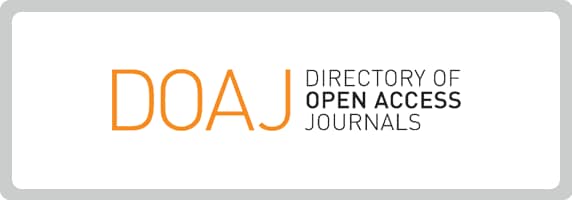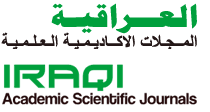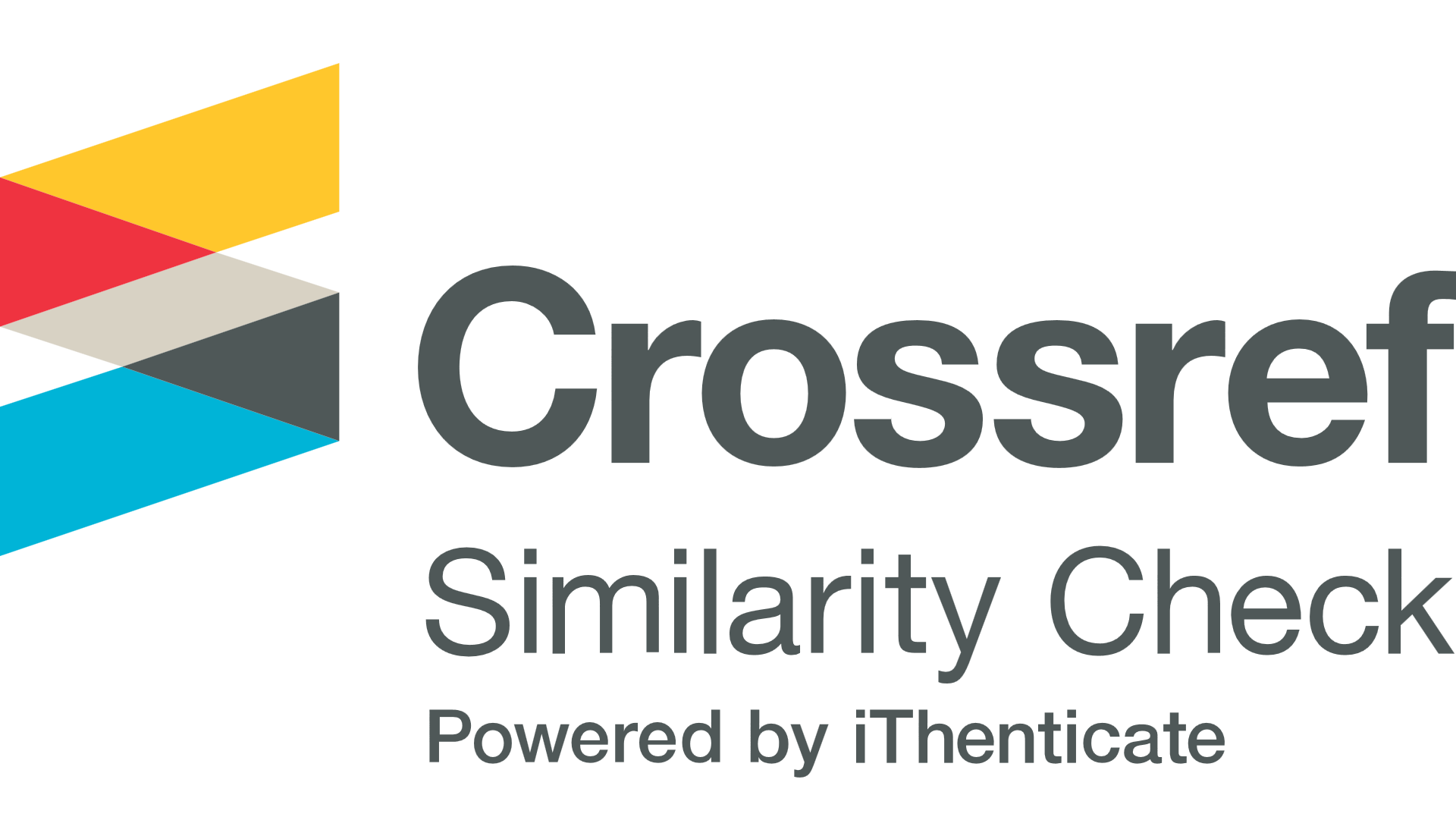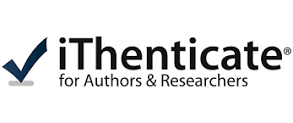Measurement of some physiological variables and electrolytes in the blood and serum of athletes exposed to different efforts
Abstract
Study examined the current knowledge of the sensitivity of someblood components and electrolytes in serum and blood of athletes as aresult the practice of different sports, as it was during the study survey ofthirty athletes from male healthy and exposed to Voltages first by 9.6 km/ hour and a slope of 4% and the second rate of 20.8 km / h and slope 20%, as the samples were collected venous blood of these athletes wasestimated by some blood components and trace elements (Concentration ofhemoglobin, Volume of packed blood cells, red blood cell count, potassium,sodium, calcium, chloride) in addition to measure the number of heartrate and body temperature of these athletes were compared with (20)sample of healthy individuals as control group.The study results showed obvious changes in the concentrations ofthese variables above, as it showed Concentration of hemoglobinsignificant increase was (16.69 3.4) and (16.60 3.7), respectively, inthe effort I and II compared with the control group (14.00 2.3), whileshowing Volume of packed blood cells significant increase arrived (52.68 4.1) and (50.26 5.6) compared with the control group (44.00 2.3),The concentrations of electrolytes showed clear differences as it showed apotassium rise is morally reached (4.55 0.29) and (4.81 0.46) mmol / l compared with the concentration in the control group (4.9 0.90), whilecalcium showed a significantly increase total (93.30 1.6) and (87.50 4.3) compared with the control group (98 4.6), either the number ofstrikes heart showed an increase in athletes and effort during the first andsecond hit (90,75%) in addition to the high temperature objects theseathletes when they are the first and second voltage.





